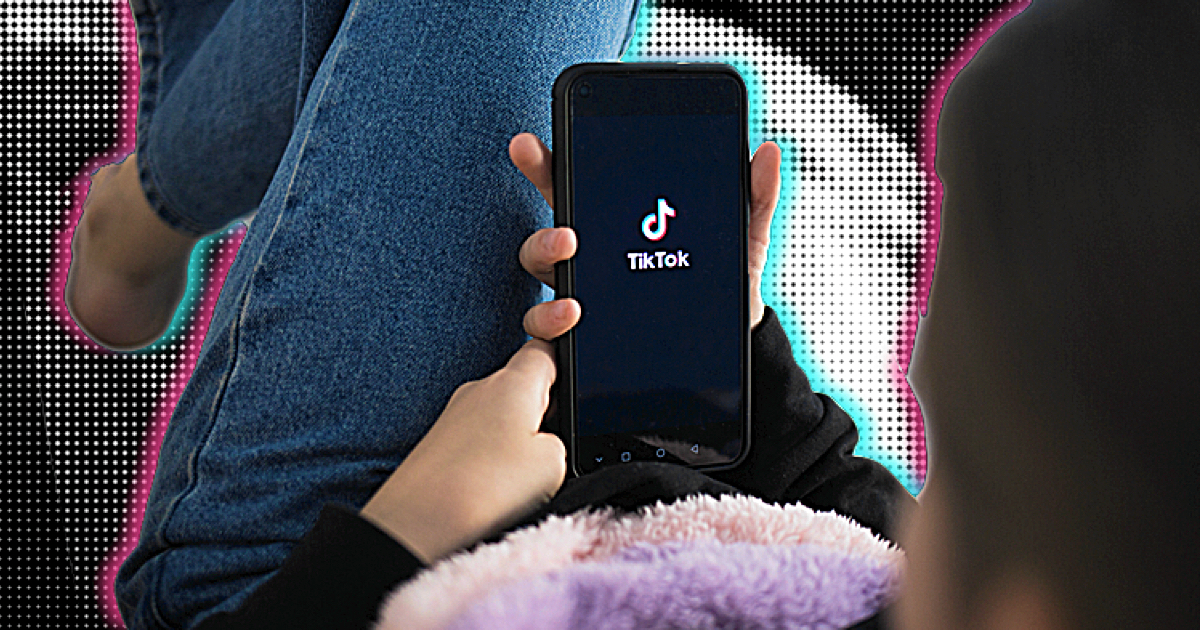
Aug 4, 2021 12:00:00 AM
by Jorge Cauz
For many teachers around the world, re-engaging students after multiple school closures and lockdowns is set to be something of an uphill battle. While some children lacked reliable access to digital devices or adequate space in which to study at home, others confronted loss and grief at a young age. On top of this, all children have had to cope with the daily turbulence of living through a global pandemic.
While research finds that much of the progress made in reducing the achievement gap for disadvantaged children may have been reversed throughout school closures, it’s clear that the implications for education could be wide-reaching for generations of children to come. Similarly, teachers have also struggled to deal with the fallout: A report in “Education Week” by Catherine Gewertz highlights how teachers’ mental health has suffered during the pandemic.
As both students and educators continue to grapple with this uncertain new landscape, [pullquote position="right"]what role might supplemental curriculum materials play in practically addressing some of these issues?[/pullquote]
Distinguished from comprehensive “core” curriculum and variously defined as “materials that provide more complete coverage of a subject in a course, address diverse learning needs, and support the use of technology in the classroom” or “those items used to extend and support instruction and address the needs of all learners,” supplemental curricula can provide nimble, focused, and flexible tools that help teachers adapt to the often-changing circumstances they find themselves in.
It’s been hard to avoid conspiracy theories during the pandemic, from 5G and microchips in vaccines to hydroxychloroquine. With the overload of COVID-19 related misinformation snowballing so severely that the World Health Organization described it as an “infodemic,” it’s more important now than ever to ensure information is accurate and from trustworthy sources.
To this end, Britannica recently teamed up with YouTube to create information panels attached to videos and video searches that link to fact-checked background information in a bid to curb the waves of misleading content. Other useful initiatives are browser extensions that freely fact-check content from any ‘searched’ content which filters out reliable, expert-based information.
But no one is better placed than teachers to dispel falsehoods, and this can only be achieved if they themselves are equipped with the tools they need to battle this “infodemic.” With a 2019 study by the Thomas B. Fordham Institute finding that the majority of supplemental learning materials are lacking in quality, [pullquote]it’s vital that curriculum-enhancing programs enhance, not detract.[/pullquote]
Teachers often report feeling pressured to compete for students’ attention, as short, snappy Tweets or TikToks often distract them from participating in classroom tasks or focusing on homework. But some of these platforms provide a great opportunity to fuel curiosity and create need-to-know, bite-size content that increases the use of reliable supplemental materials. If supplemental material is to stand a chance against 15-second videos or constantly refreshing newsfeeds, it must be just as engaging, if not more so, to instill a true love of learning and spark curiosity in children.
Fortunately, short, fun videos — like TikToks — can be used effectively to engage students for real learning.
@encyclopaediabritannica Stay tuned for Part 2 - The Bill of Rights! #fyp
♬ original sound - Encyclopaedia Britannica
Equally, it’s crucial that supplemental learning material be agile and adaptable to each student’s unique needs. The material must be digestible online, downloadable, even printable for students without access to reliable internet connections, and the content itself must accommodate students with varying reading and comprehension skills. Multimedia, “read aloud” tools, and articles offered at various reading levels thus become essential, especially in environments where blended, distance learning, or independent instruction is the norm.
After nearly a year of struggling to meet the demands of teaching during the coronavirus crisis, a troubling report by CNBC revealed that nearly one in three educators — 27% — say they are ready to switch careers or retire. Colin Sharkey, executive director of the Association of American Educators, explained, “The demands that are put on them are off the charts.” The challenge is, however, that in order for schools to fully reopen, the U.S. needs more teachers, not fewer.
The teaching profession needs urgent relief from its role as the “fourth emergency service,” and any resource that can help to achieve this through streamlining workloads is essential. [pullquote]Routinely spending a few hours each night preparing for the next day’s lessons, many teachers are frustrated by the time-consuming nature of searching for curriculum-related text and multimedia material from reliable sources.[/pullquote] Pre-curated, easily digestible content that is classroom-ready massively cuts down on teachers’ already burdensome workloads, freeing them up to do what they do best: teach.
Clearly, supplemental learning is a small, but vital, cog in the wider educational system. As teachers around the world continue to respond to the demands and consequences of the pandemic with remarkable agility and resilience, it should play a key part in educational recovery going forward.
Jorge Cauz is CEO of The Britannica Group, home to Encyclopaedia Britannica.
Few issues in education spark more tension and debate than standardized testing. Are they a tool for equity or a burden on students? A necessary check on school systems or a flawed measure of...
Charter schools are public schools with a purpose. Operating independently from traditional school districts, they're tuition-free, open to all students, and publicly funded—but with more flexibility...
Despite the benefits of a diverse teaching force, prospective teachers of color fall out of our leaky preparation pipeline at every stage: preparation, hiring, induction, and retention. Here’s what...
Ed Post is the flagship website platform of brightbeam, a 501(c3) network of education activists and influencers demanding a better education and a brighter future for every child.
© 2020-2025 brightbeam. All rights reserved.
Leave a Comment